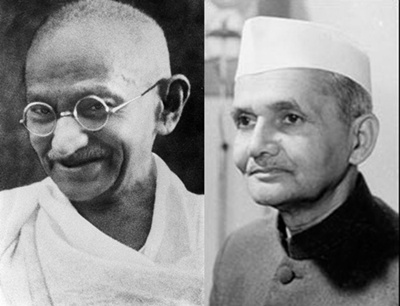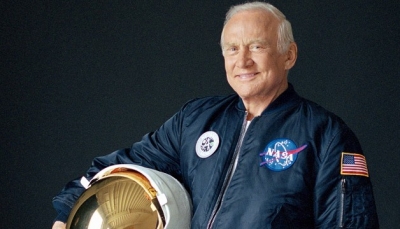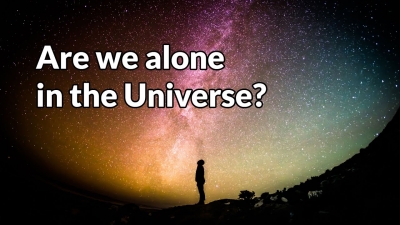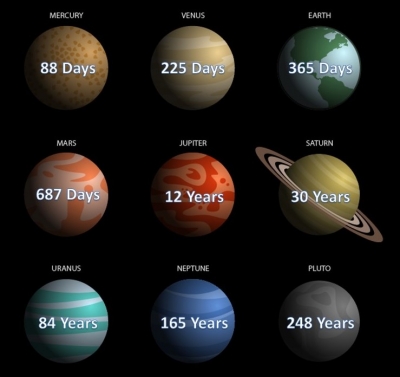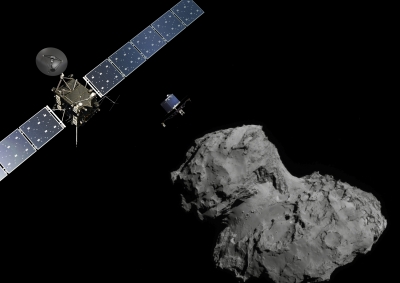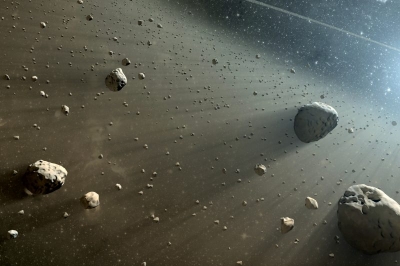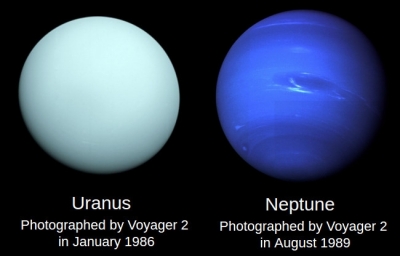Who was the second eldest of the Kauravas?
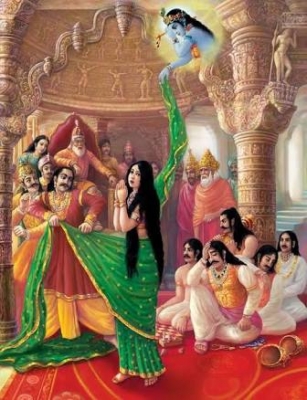
Kaurava is a Sanskrit term for the descendants of King Kuru (or simply Kurava in Tamil), a legendary king who is the ancestor of many of the characters of the Mah?bh?rata. The well-known Kauravas are Duryodhana, Dushasana, Vikarna, Yuyutsu and Dussala. Yuyutsu is not the son of Gandhari. But he is the same age of Duryodhana and Bhima.
The name Kaurava comes from the lineage of Dhritarashtra’s ancestor Kuru, a dynamic king and ruler of the earth to all its corners, hence the heirs of the Kuru lineage termed as Kauravas, which for instance, also includes the five Pandavas and the later discovered sixth Pandava, Karna. Since Pandu could not continue to remain the king of Hastinapur due to a curse, Dhritarashtra, his cousin-brother was made the king. Pandu’s five sons chose to be called Pandava and not Kaurava. Dhritarashtra was blind from birth while Gandhari being a women of strong conviction and wanting to suffer her husband’s share of blindness, covered her eyes by tying a silk robe when she married him which she would only open at her death. In addition to the 100 Kauravas, Dhritarashtra and Gandhari were also blessed with a single daughter called Dussala.
After Yudhishthira lost his kingdom, his brothers and his wife Draupadi, in a game of dice with Shakuni, Duhshasana dragged Draupadi by the hair into the assembly, at the behest of his brother Duryodhana, and tried to disrobe her. Draupadi prayed to Krishna and he made her sari to be of infinite length, so that Duhshasana could not take it off. Dussasana was very exhausted and he nearly fainted. The assembled men were amazed at this miracle. They condemned Duhshasana and praised Draupadi. However,Draupadi was humiliated by being dragged into court by her hair. After this humiliation Draupadi swore that she will not tie her hair until it is bathed with blood of Duhshasana. Bhima, who could no longer watch Draupadi's insult in silence, rose up. He vowed to tear open Dussasana's chest in battle and drink his blood. Bhima also exclaimed that if he could not fulfill his oath, then he would not meet his ancestors in heaven.
Picture Credit : Google




